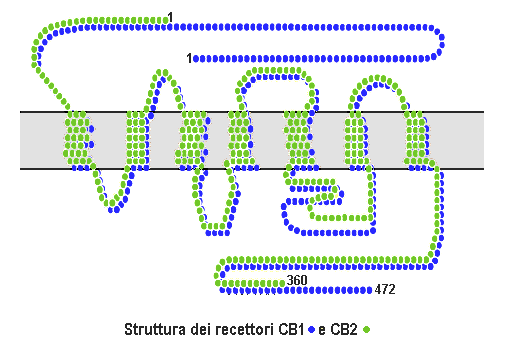Scientists understand more about how cannabis works these days than they used to.
Cannabis affects our brain the same way as does a naturally occurring brain chemical. Compounds in cannabis attach to cannabinoid receptors and help with pain and inflammation.
Researchers first identified the body’s cannabinoid receptors in the 1980s. At least two types of receptors, known as CB1 and CB2, are found throughout the body. Mostly they are in the brain and immune system.
“The most medicinal part of the plant is in the flower,” says Big Island physician Jim Berg. “That part of the plant produces most of the medicinal agents.”
Those medicinal agents in cannabis primarily fall into two categories – cannabinoids and terpenes.
Cannabinoids
Cannabinoids are chemical compounds that act upon cannabinoid receptors in the brain. According to a 2016 study published in the Journal of Natural Products, researchers have isolated at least 113 different cannabinoids in cannabis. They all have different effects.
- Perhaps the best known cannabinoid is THC, which is cannabis’s primary psychoactive compound. This is what people who smoke marijuana for the “high” are reacting to.
- Another cannabinoid is cannabidiol (CBD). “CBD is not very psychoactive,” says Berg. “So that’s the one that has a lot of medicinal properties without being intoxicating in any way.”
Terpenes
Terpenes, on the other hand, are volatile essential oils. The plant produces these primarily to protect itself from both insects and UV light. These essential oils have an odor, which is what gives cannabis its smell and flavor.
“Many other types of plants have terpenes as well. Some of the terpenes are found in mango, black pepper, and hops,” says Berg. Terpenes have medicinal properties wherever they are found. “Black pepper is strongly anti-inflammatory,” he says. “It can be used both topically and internally for that. Mango definitely has some of the properties, too.”
How cannabis works is by attaching to cannabinoid receptors. CB1 receptors are primarily in the brain, as well as the male and female reproductive systems, the eye and the retina. These impact the psychological effects of THC.
CB2 receptors are mostly in cells of the immune system, where they increase some immune responses and decrease others. Non-psychotropic cannabinoids can be a very effective anti-inflammatory.
Last week: The History of Cannabis
Next week: What conditions is medical marijuana commonly used for?
Photo at top: Cb1 Cb2 structure. By Esculapio at the Italian language Wikipedia, CC BY-SA 3.0, https://commons.wikimedia.org/w/index.php?curid=14390100

